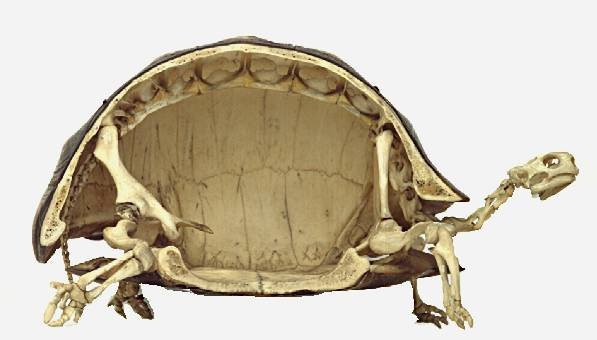When we think of turtles and tortoises, one of the first things that comes to mind is their iconic shells. But have you ever wondered if they're actually inside their shells? Contrary to popular belief, turtles and tortoises aren't tucked away inside their shells; rather, their shells are an integral part of their anatomy, serving as a protective outer covering.
Understanding the Difference: Turtles vs. Tortoises
While both turtles and tortoises belong to the reptile family and share the common feature of a shell, there are key differences between the two. Turtles are adapted for life in water, with streamlined bodies and webbed feet for swimming. Their shells are typically flatter and more hydrodynamic, allowing them to glide effortlessly through the water. Tortoises, on the other hand, are land-dwelling reptiles equipped with sturdy, dome-shaped shells that protect them from predators and environmental hazards.
Fun Facts About Turtle and Tortoise Shells
-
Shell Composition: The shell of a turtle or tortoise is composed of two main parts: the carapace (top shell) and the plastron (bottom shell). These two halves are connected by a bridge of bone and cartilage, providing structural support and flexibility.
-
Growth Rings: Just like tree rings, the growth rings on a turtle or tortoise shell can provide valuable insight into its age and life history. By counting the growth rings, scientists can estimate the animal's age and track its growth over time.
-
Shell Coloration: The color and pattern of a turtle or tortoise shell can vary greatly between species. Some have vibrant hues of red, yellow, and green, while others boast intricate patterns and markings that help camouflage them in their natural habitat.
-
Hinged Shells: Certain species of turtles, such as the box turtle, have hinged shells that allow them to retract their head, tail, and limbs fully inside for added protection. This unique adaptation helps them fend off predators and conserve moisture in arid environments.
-
Shell Maintenance: Turtles and tortoises don't shed their shells like other reptiles molt their skin. Instead, their shells are made of keratin, the same protein found in human hair and nails, which continuously grows throughout their lives. To keep their shells healthy, they engage in behaviors like basking in the sun and rubbing against rough surfaces.
In conclusion, the shells of turtles and tortoises are not merely external coverings but essential structures that provide protection, support, and camouflage in their respective environments.
